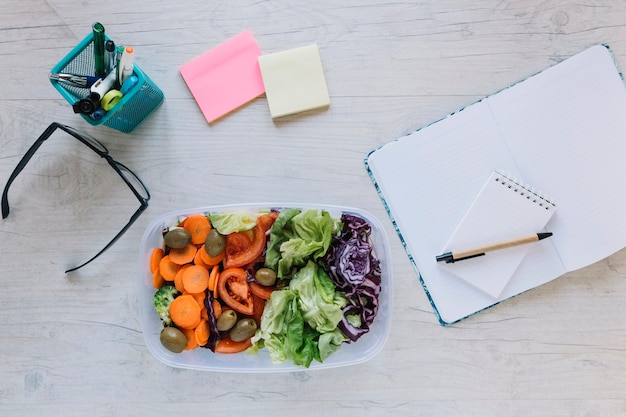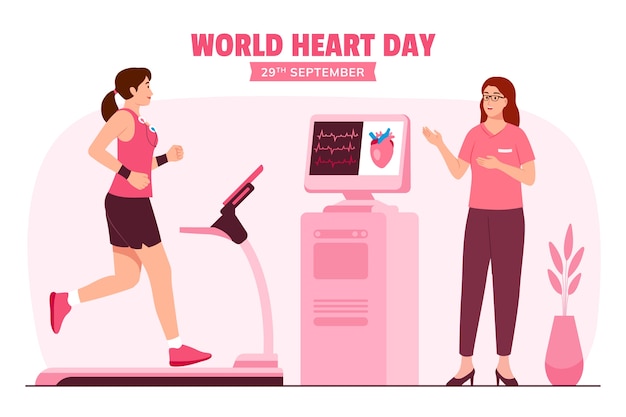Life after 40 brings incredible wisdom and strength—but it also comes with unique physical changes. Hormonal shifts, slower metabolism, joint stiffness, and increased stress can make recovery from daily activities more challenging. The good news? You don’t need a gym membership, expensive equipment, or hours of free time to feel your best. This complete recovery checklist is designed specifically for women over 40, built around real-life schedules, and requires minimal to no gear.
As we age, our bodies take longer to bounce back from physical and mental stress. Muscle repair slows, inflammation can linger, and sleep quality often declines. Prioritizing recovery isn’t about being lazy—it’s about supporting your body so you can stay active, energized, and resilient.
For women over 40, recovery helps maintain muscle mass, supports hormonal balance, reduces injury risk, and improves mood and mental clarity. The best part? Most effective recovery strategies are simple, low-cost, and can be done at home.

Sleep is your body’s prime recovery time. After 40, sleep patterns often shift due to hormonal changes. Aim for 7–8 hours, but focus more on quality. Create a wind-down routine: dim lights an hour before bed, avoid screens, and keep your bedroom cool and quiet.
Try a magnesium supplement or herbal tea (like chamomile or passionflower) if you struggle with restlessness. Consistency matters—go to bed and wake up at the same time every day, even on weekends.
Recovery doesn’t mean being still. Gentle movement boosts circulation, reduces stiffness, and helps clear metabolic waste from muscles. Try a short walk, yoga flow, or stretching session each day.
Focus on mobility: neck rolls, shoulder circles, hip openers, and ankle rotations. These small movements can prevent aches and improve joint health over time. No gear needed—just your body and a few minutes.

Dehydration worsens fatigue, joint pain, and brain fog. As we age, our sense of thirst diminishes, so don’t wait until you’re thirsty to drink water.
Start your day with a glass of water. Add a pinch of sea salt and lemon for electrolytes. Carry a reusable bottle and aim for at least 6–8 glasses daily. Herbal teas and water-rich foods (like cucumbers and watermelon) also count.
Chronic stress keeps your body in 'fight or flight' mode, slowing recovery. Deep, intentional breathing activates the parasympathetic nervous system—the 'rest and digest' state.
Try this 4-7-8 method: Inhale for 4 seconds, hold for 7, exhale slowly for 8. Repeat 4 times. Do this in the morning, before bed, or during a stressful moment. It takes less than 2 minutes and requires zero equipment.
Your body needs quality fuel to repair. Focus on whole foods rich in protein, healthy fats, and antioxidants. Include lean proteins (chicken, fish, legumes), leafy greens, berries, nuts, and seeds.
After physical activity, pair protein with complex carbs (like Greek yogurt with fruit or a hard-boiled egg with an apple) to support muscle repair. Avoid heavy, processed meals late at night—they can disrupt sleep and digestion.
Mental fatigue is real. Constant multitasking, caregiving, and work demands drain your energy. Schedule short mental breaks: 5 minutes of silence, journaling, or listening to calming music.
Try a 'worry dump'—write down everything on your mind to clear mental clutter. This simple act can reduce anxiety and improve sleep quality.

You don’t need a foam roller. Use what you have: lie on the floor for 5 minutes (called 'constructive rest') to release lower back tension. Sit against a wall to decompress your spine.
Roll a tennis ball under your foot for plantar fasciitis relief, or gently massage your shoulders against a wall. These self-myofascial release techniques reduce soreness and improve mobility.
Busy schedules often push self-care aside. Build 'recovery anchors'—small, non-negotiable moments that support healing. Examples: a 5-minute stretch after lunch, 3 deep breaths before checking email, or a screen-free bedtime routine.
Anchor habits stick because they’re tied to existing routines. Over time, they create a foundation of consistent recovery.
Recovery isn’t a luxury—it’s a necessity, especially after 40. The strategies in this checklist are simple, sustainable, and designed for real life. You don’t need more time, money, or gear. You just need consistency and self-compassion.
Start with one or two habits. Master them. Then add more. Small steps lead to lasting change. Your body has carried you this far—now it’s time to support it with intentional care.

Wellness

Wellness

Wellness

Wellness

Health

Wellness

Wellness

Wellness

Health

Wellness

Health

Wellness

Health

Fitness

Health

Health